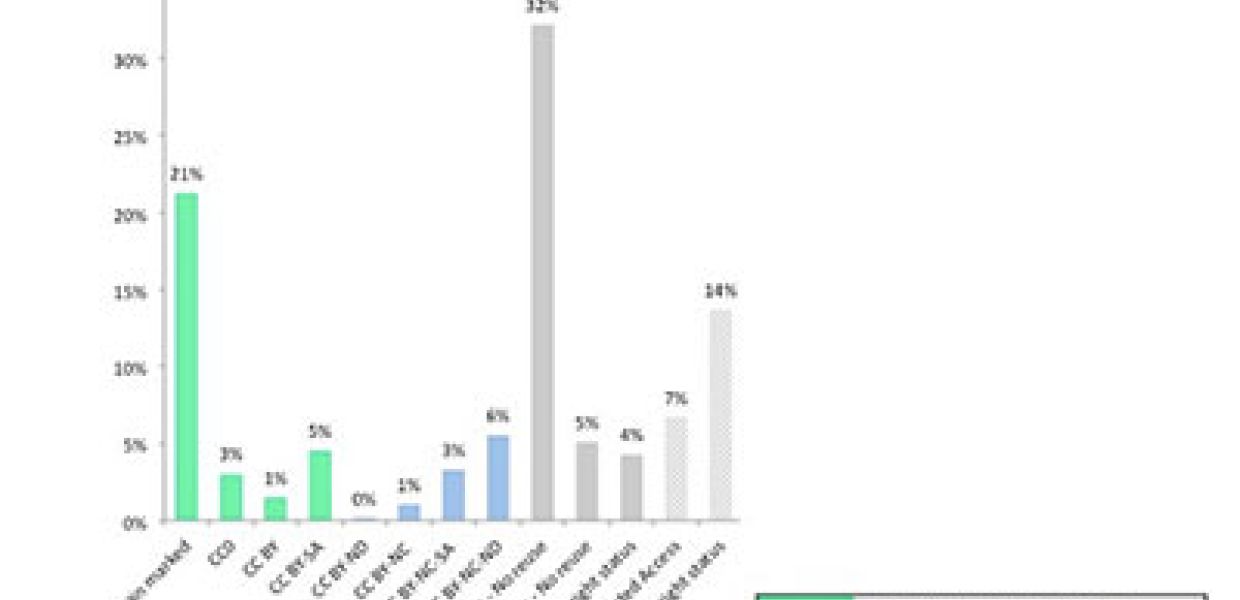Rights Labelling Campaign reaches its final phase

- Title:
- Creator:
- Europeana
- Copyright:
- CC BY-SA
At Europeana we are constantly working with the data providers, aggregators and institutions to improve the database in order to provide the best experience to the user. In order to achieve that goal, we have to give clear legal information about the digital object so the user knows what can and cannot be done with the material from the cultural heritage institutions. Throughout 2013, we have been spending a fair amount of time on improving the rights statements. This process has led to a significant reduction of the share of digital objects without any rights statements. However as outlined in this recent blogpost, we have not yet achieved our goal to have a rights label for all digital objects available via Europeana. In this blogpost, we would like to update you about the progress that has been made so far.
When the rights labelling campaign started in 2013, more than 50% of all the material in Europeana did not include a rights statement even though rights labels have been mandatory since 2012. After a year of work, about 25% (roughly 8 million records) still did not include any information about the rights. In the past few months, a couple of big data providers have included rights labels. In addition, a lot of smaller institutions have done great work to add this information to their metadata. At the time of writing, only 4.5 million records are still unlabelled (14%). The Aggregation team is now making a final effort to address these collections as well. We are working with the partners and their aggregators/projects to assist them in this transition. The objective is to have no more unlabelled material by summer in the Europeana database.
Having good quality rights information about the objects that are available through Europeana is essential to be able to communicate to end-users if and how they can re-use the material that is being aggregated and published. Teachers need to know if they can use material they find via Europeana in the classroom or in readers. Publishers need this information if they wish to re-publish material they find via Europeana, and app developers and third-party services need rights information to ensure that services they build using the Europeana API do not infringe copyright. At the same time, good quality rights metadata improves the overall quality of the metadata and makes it a more valuable resource for all data providers and aggregators.
We hope that by implementing these changes regarding rights statements, it will be easier for end-users to make the most of the wonderful collections and objects available via Europeana. If you have any questions on this matter or want further information about Europeana’s rights statements, please check here or contact [email protected].
